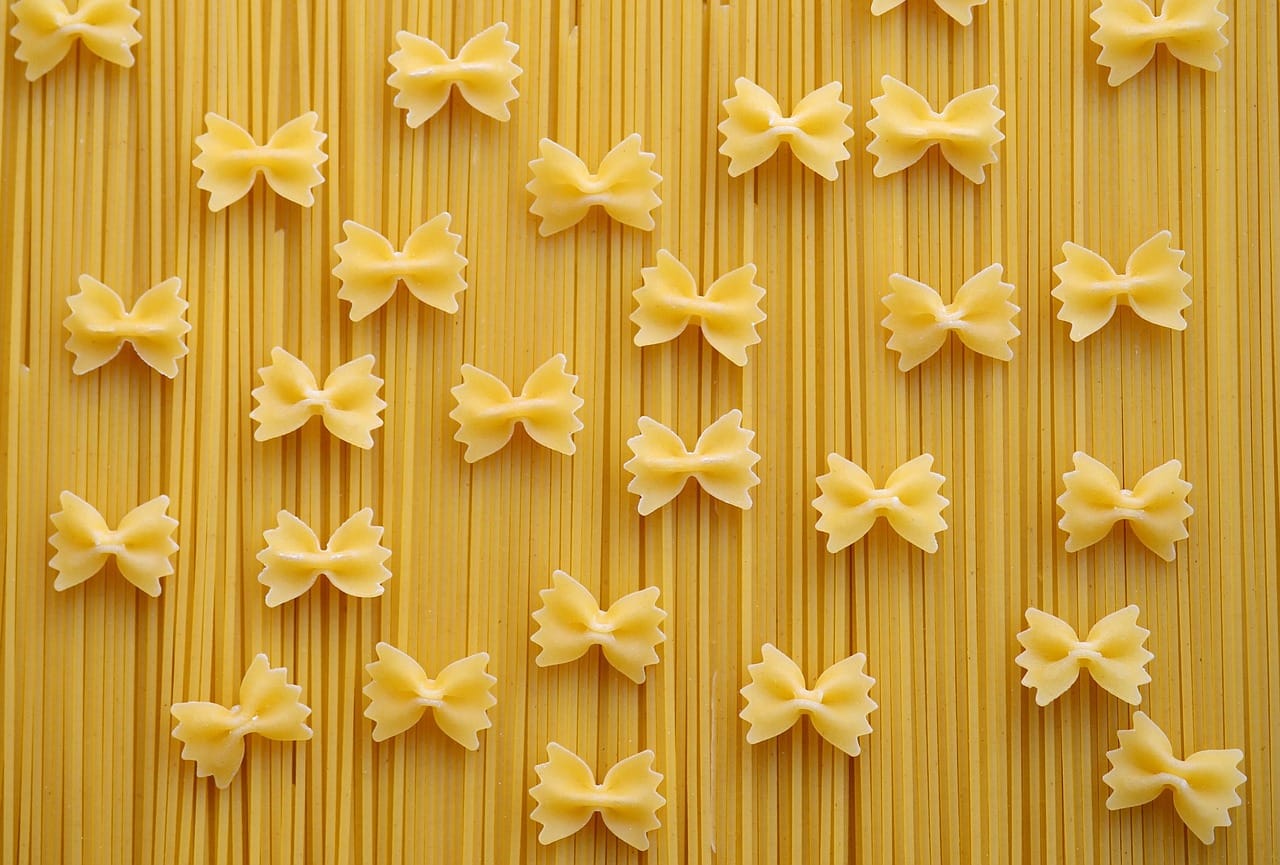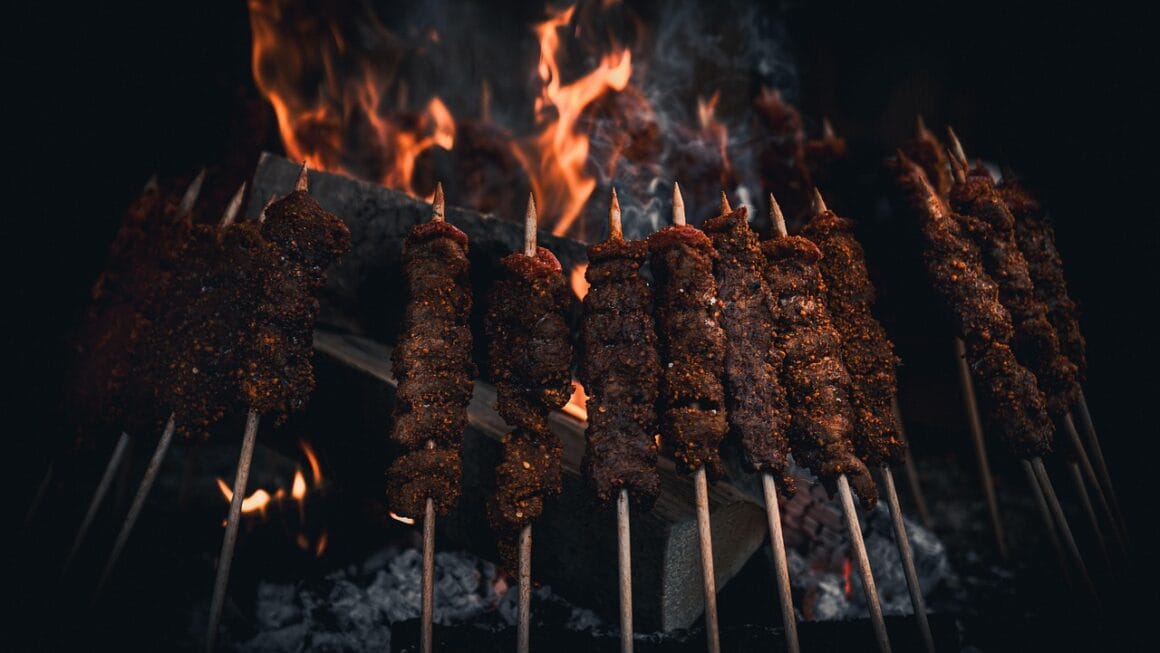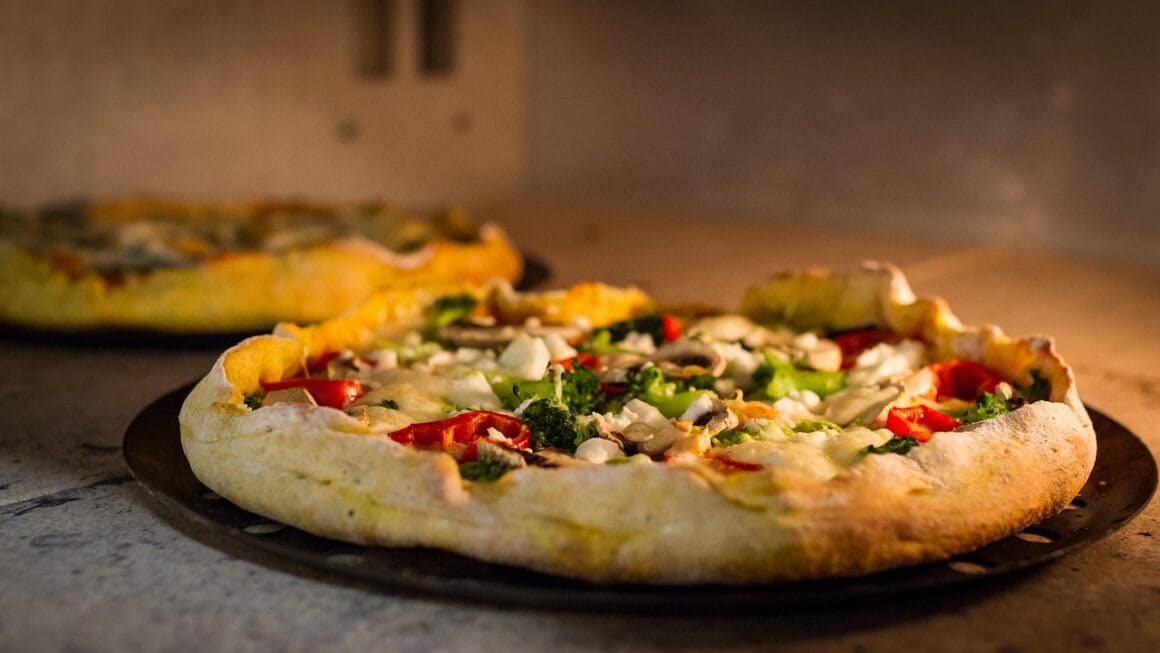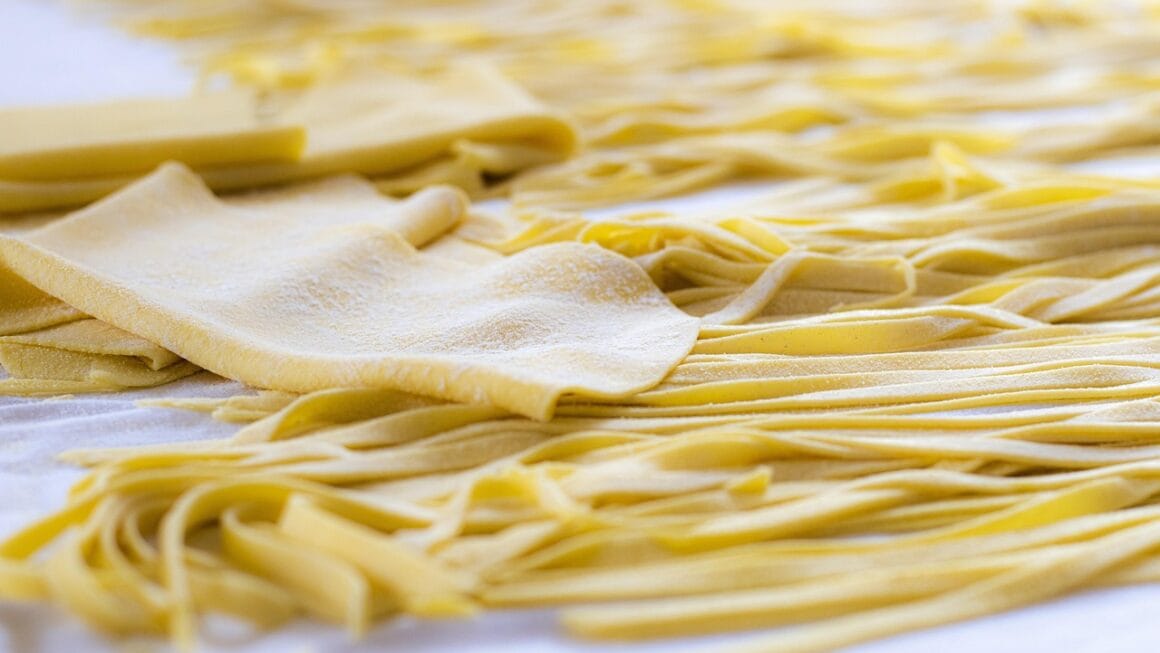Embarking on a wine tasting tour is more than just sampling exquisite wines; it’s an immersive journey into the heart of winemaking, culture, and breathtaking landscapes. Whether you’re a seasoned connoisseur or a curious novice, a well-planned wine tasting tour offers an unforgettable experience, tantalizing your taste buds and enriching your knowledge of the world of wine. This guide will navigate you through the essentials of wine tasting tours, helping you plan the perfect viticultural adventure.
Choosing the Right Wine Region for Your Tour
Popular Wine Regions Worldwide
Selecting the right wine region is the first step to an exceptional wine tasting tour. Different regions offer unique experiences based on their climate, grape varietals, and winemaking traditions.
- Napa Valley and Sonoma, California, USA: Famous for Cabernet Sauvignon, Chardonnay, and Pinot Noir, these regions offer a luxurious tasting experience with stunning vineyard views. Expect higher prices but also unparalleled quality.
- Tuscany, Italy: Home to Chianti Classico and Brunello di Montalcino, Tuscany provides a rustic, picturesque setting amidst rolling hills and historic wineries. Consider a cycling tour through the vineyards for added adventure.
- Bordeaux, France: Renowned for its Cabernet Sauvignon and Merlot blends, Bordeaux boasts grand châteaux and a deep history of winemaking. Book well in advance as tours are often limited and exclusive.
- Mendoza, Argentina: Nestled in the Andes Mountains, Mendoza is the land of Malbec. Enjoy high-altitude vineyards and stunning mountain scenery alongside world-class wines.
- Barossa Valley, Australia: Known for its Shiraz and other bold red wines, the Barossa Valley offers a relaxed and friendly atmosphere, often with family-owned wineries.
- Douro Valley, Portugal: Spectacular terraced vineyards clinging to steep hillsides produce Port wine and increasingly impressive dry reds and whites. River cruises through the valley are a popular option.
Factors to Consider When Choosing
- Wine Preferences: Consider the types of wine you enjoy most. Are you a fan of bold reds, crisp whites, or sparkling wines? Research regions known for those specific varietals.
- Budget: Wine regions vary significantly in price. Napa Valley tends to be more expensive than regions like Mendoza or the Douro Valley. Research tasting fees, accommodation, and transportation costs.
- Time of Year: Harvest seasons (typically late summer/early fall) are bustling and exciting but can also be crowded. Spring and early summer often offer pleasant weather and fewer tourists.
- Accessibility: How easy is it to get to the region? Consider flight options, local transportation, and the availability of organized tours.
Planning Your Wine Tasting Tour
Types of Wine Tours Available
- Self-Guided Tours: Rent a car and explore wineries at your own pace. This offers flexibility but requires research and pre-booking of tastings.
- Group Tours: Join a guided tour with a larger group. This is often more affordable and offers the convenience of transportation and pre-arranged tastings.
- Private Tours: Hire a private driver and guide for a personalized experience. This is the most luxurious option, allowing you to customize the itinerary and enjoy exclusive access.
- Specialty Tours: Consider themed tours focusing on specific varietals, winemaking techniques, or food pairings.
Example: A “Biodynamic Wine Tour” focusing on organic and sustainable practices.
Example: A “Food and Wine Pairing Tour” that combines wine tasting with gourmet meals.
Booking and Reservations
- Book in Advance: Popular wineries, especially in peak season, require reservations. Book tastings and tours several weeks or even months ahead of time.
- Consider a Wine Tour Operator: Wine tour operators handle all the logistics, including transportation, reservations, and often provide knowledgeable guides.
- Check for Discounts: Many wineries offer discounts for groups or by booking online. Look for package deals that combine tastings with lunch or other activities.
- Read Reviews: Check online reviews before booking any tour or winery to ensure it meets your expectations.
Transportation Options
- Rental Car: Offers the most flexibility but requires a designated driver. Be mindful of local drinking and driving laws.
- Ride-Sharing Services: Available in some regions, but reliability can vary. Check availability in advance.
- Private Driver: A safe and convenient option, especially if you plan to indulge in multiple tastings.
- Organized Tour Bus: A budget-friendly option that takes the stress out of navigating.
- Bicycle Tours: A fun and active way to explore smaller wine regions. Many wineries offer bike rentals or guided cycling tours.
What to Expect During a Wine Tasting
Proper Tasting Etiquette
- Appearance: Observe the wine’s color and clarity.
- Aroma: Swirl the wine in your glass to release its aromas and inhale deeply.
- Taste: Take a small sip and allow the wine to coat your palate. Note the flavors, tannins, acidity, and finish.
- Spit or Swallow: Spitting allows you to taste more wines without becoming intoxicated. Most wineries provide spittoons.
- Ask Questions: Don’t be afraid to ask the winery staff about the wines, the winemaking process, or the region’s history.
Key Wine Tasting Terminology
- Body: Refers to the weight or fullness of the wine on the palate (light-bodied, medium-bodied, full-bodied).
- Tannins: Contribute to the wine’s structure and can create a drying sensation in your mouth.
- Acidity: Provides freshness and vibrancy.
- Finish: The length of time the flavors linger on your palate after swallowing.
- Aroma/Bouquet: Refers to the smells of the wine. Aroma refers to the smells coming directly from the grapes, while bouquet refers to the smells that develop during the aging process.
Practical Tips for an Enjoyable Experience
- Wear Comfortable Shoes: You’ll likely be doing a lot of walking.
- Drink Plenty of Water: Stay hydrated to avoid dehydration.
- Eat Something Before and During Tastings: This will help absorb alcohol and prevent you from becoming intoxicated too quickly.
- Pace Yourself: Don’t feel pressured to taste every wine offered.
- Take Notes: Use a wine journal or tasting app to record your impressions.
- Respect the Winery’s Rules: Follow any guidelines regarding photography, noise levels, and appropriate attire.
Enhancing Your Wine Knowledge and Appreciation
Resources for Learning About Wine
- Wine Folly: An excellent website and book with easy-to-understand information about wine regions, varietals, and tasting techniques.
- Wine Spectator: A leading magazine with wine reviews, articles, and information on wine regions around the world.
- The Wine Enthusiast: Another popular magazine with similar content to Wine Spectator.
- Online Wine Courses: Consider taking an online course from a reputable institution to deepen your knowledge.
- Local Wine Shops: Visit local wine shops and talk to the staff. They can offer recommendations and insights into different wines and regions.
Pairing Wine with Food
- Classic Pairings: Cabernet Sauvignon with steak, Chardonnay with seafood, Pinot Noir with mushrooms.
- Regional Pairings: Try pairing wines with local cuisine from the region you’re visiting.
- Experiment and Discover: Don’t be afraid to try different combinations and see what you like best.
- Consider Weight and Intensity: Match the weight of the wine to the weight of the food. Pair light-bodied wines with lighter dishes and full-bodied wines with richer dishes.
Conclusion
A wine tasting tour is an enriching experience that combines education, relaxation, and sensory delight. By carefully choosing your destination, planning your itinerary, and understanding the basics of wine tasting, you can create an unforgettable journey into the world of wine. Remember to be respectful of the wineries, pace yourself, and most importantly, enjoy the experience! Whether you are exploring the sun-drenched vineyards of California, the rolling hills of Tuscany, or the majestic landscapes of Argentina, a wine tasting tour offers a unique opportunity to discover new flavors, learn about different cultures, and create lasting memories.




